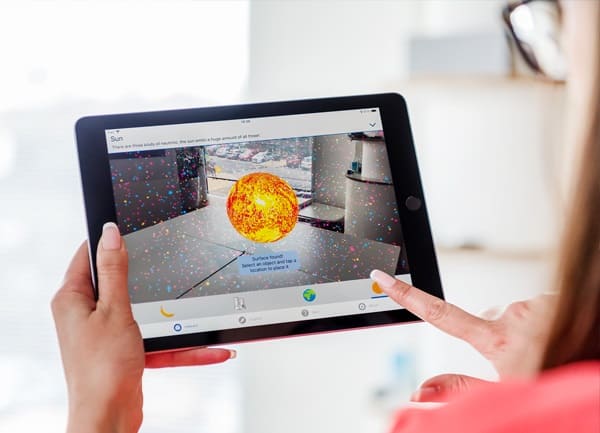
Described as a “new app to demystify the neutrino,” NeutrinoScope has just been launched by Cambridge Consultants and physicists at the UK’s Durham University. It can be downloaded free of charge from iTunes and provides key facts about the elusive particles – including how they are produced in both nuclear reactors and bananas. Augmented reality is used throughout to illustrate, for example, the neutrino flux through a user’s local environment.
This week we published a story about the physicist’s favourite crustacean, the mantis shrimp. This amazing creature has an incredibly strong club that it can use to smash its way out of an aquarium. It can also see circularly-polarized light and some species have spectacular coloration. Now, Bristol hair salon JamesB offers an amazing hairstyle reminiscent of the shrimp’s visual display.
Today more than 20 countries mint their own euro coins. If you receive change in Germany, for example, most of the coins will usually be German – but there will probably be a French, Italian or other nationality in the mix. In “Euro-mixing in Slovenia: ten years later” Mojca Čepič and Katarina Susman of the University of Ljubljana look at how foreign euro coins have mixed into the local currency since Slovenia joined the Eurozone in 2007. They found that the percentage of Slovenian coins in circulation stabilized at 28%, which is much higher than their initial predication.


